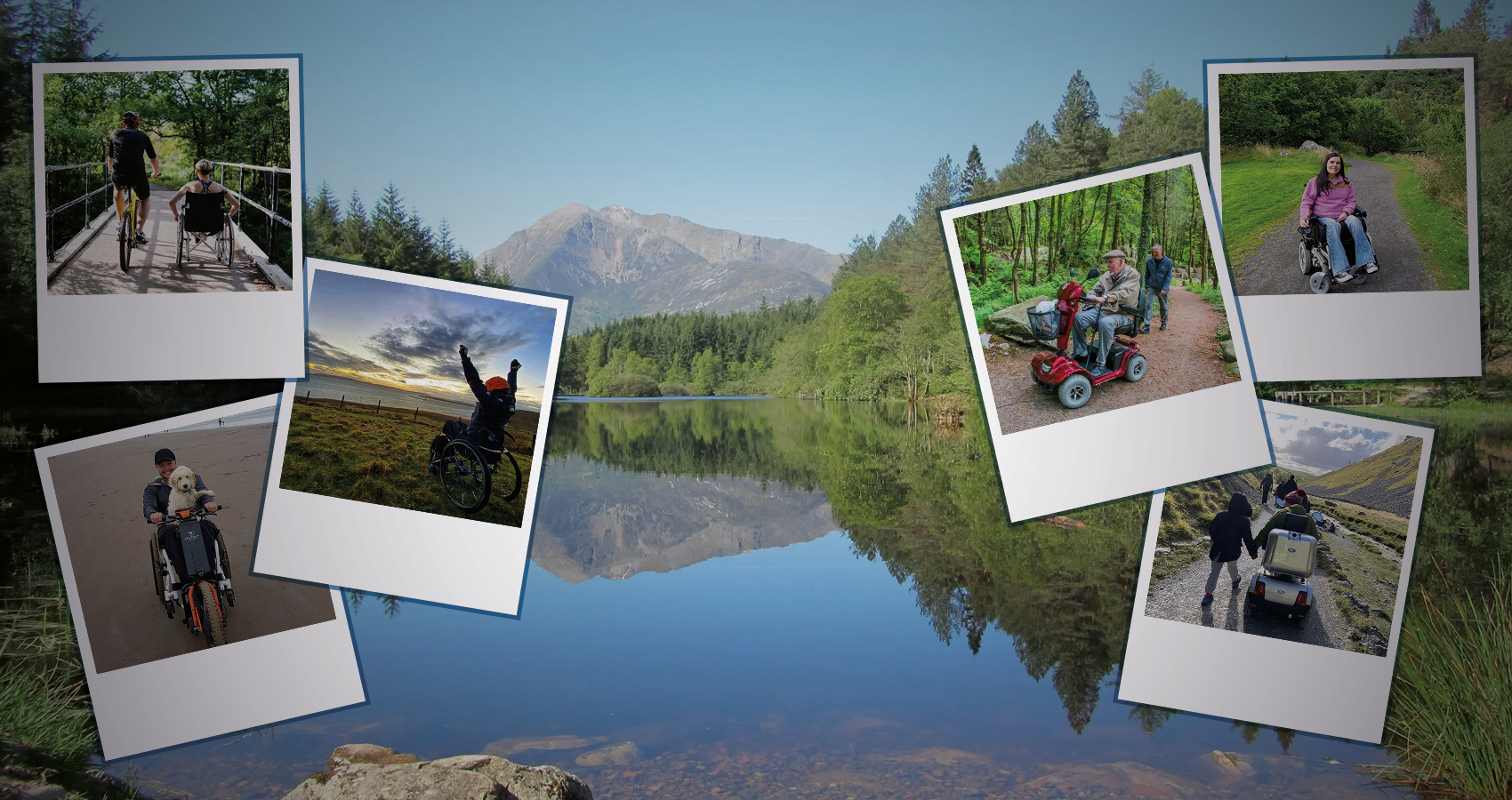
Accessible Scottish Walking Trails for Those with Limited Mobility
This guide covers top inclusive paths.
Scotland's breathtaking landscapes have long attracted walkers and outdoor enthusiasts from around the world. From the rugged Highlands to the serene lochs, these natural wonders offer some of the UK's most spectacular scenery. Yet for many visitors with mobility challenges, experiencing Scotland's beauty can seem out of reach.
Fortunately, Scotland has made major progress in creating accessible walking trails that cater to people with limited mobility. These thoughtfully designed paths allow everyone to enjoy the country's natural splendour, regardless of physical ability. With proper planning and the right equipment, even those who use wheelchairs can access many of Scotland's most picturesque spots.
The growing network of accessible trails across Scotland shows a commitment to inclusive outdoor recreation. From gentle coastal paths to woodland routes with firm, level surfaces, these trails create opportunities for visitors who might otherwise miss out on Scotland's outdoor heritage. Many locations now feature dedicated parking, accessible facilities, and paths specifically built to accommodate wheelchairs and other mobility aids.
Scotland's Most Accessible Walking Paths
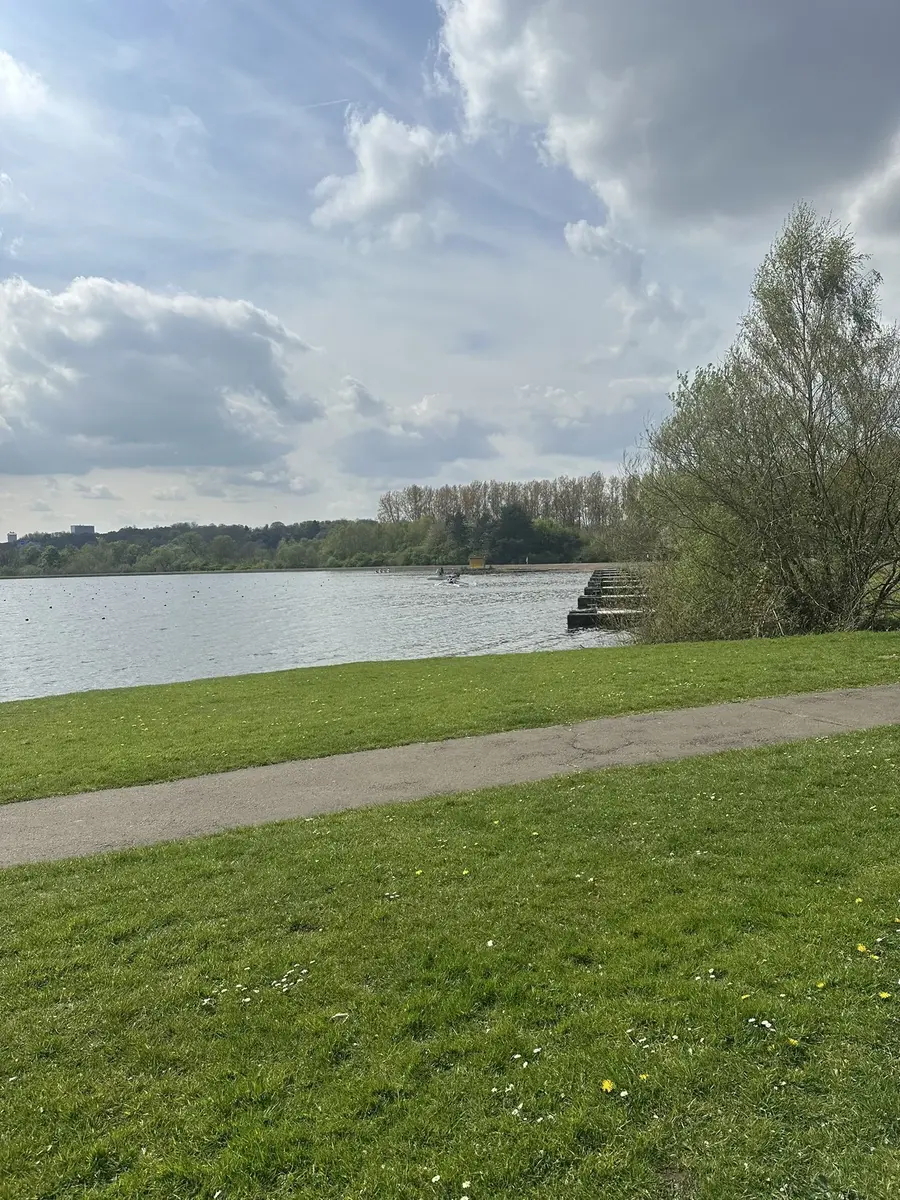
Scotland has welcomed the idea that nature should be for everyone. Over recent years, the country has invested in making outdoor spaces more accommodating. The Scottish Outdoor Access Code now includes guidance for accessible routes. Many trails use a clear grading system to help visitors know what to expect. Paths described as easy or suitable for all abilities typically feature smooth, wide surfaces suitable for most mobility equipment.
All-ability trails are available across Scotland, from the borders to the Highlands. These paths offer firm surfaces, gentle gradients, and regular rest points. For detailed guidance and listings of accessible routes, VisitScotland provides a dedicated page with information.
The Forestry Commission Scotland has played a leading role in creating accessible routes. Numerous forest parks now offer trails suitable for mobility scooters and wheelchairs. You can shop top-quality mobility scooters in Scotland to enjoy these accessible outdoor activities.
Top Wheelchair and Mobility Scooter Friendly Trails
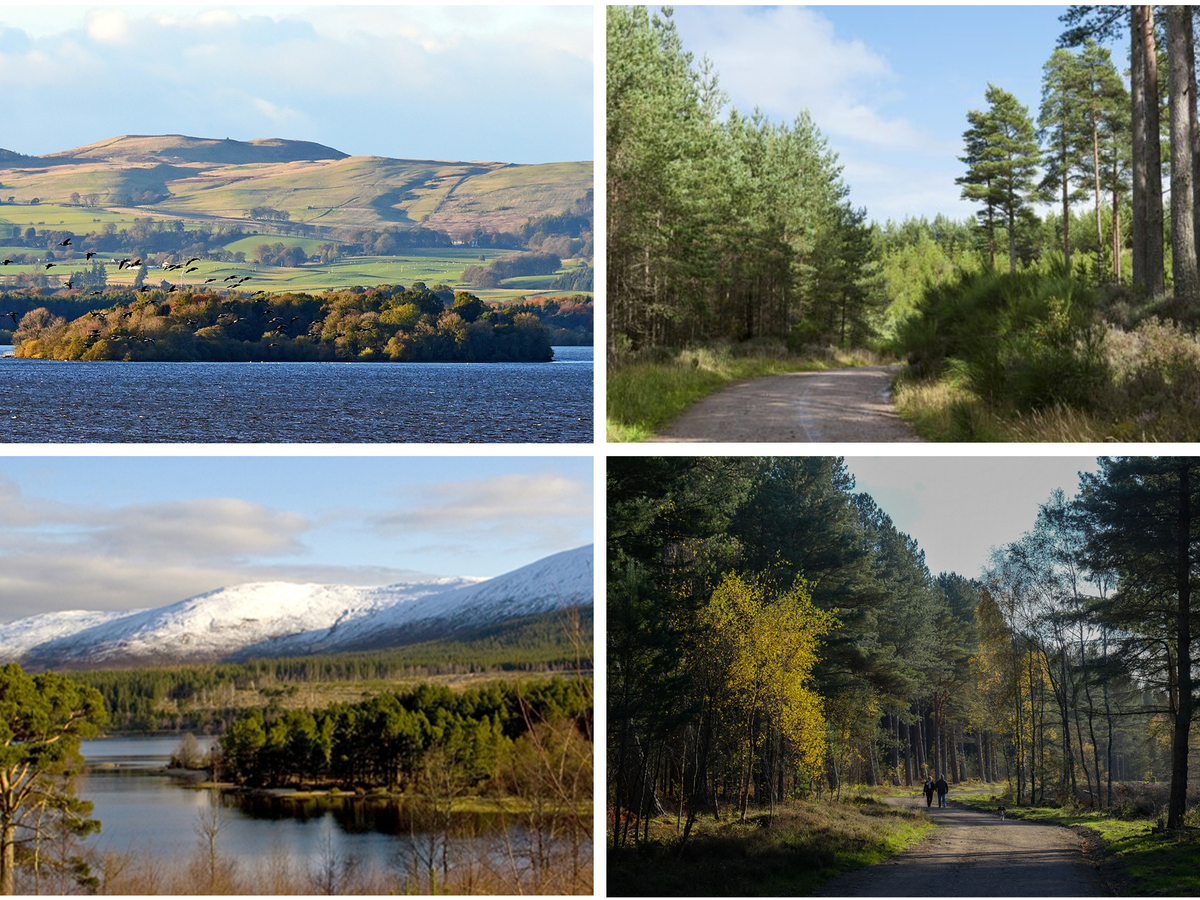
Loch Leven Heritage Trail regularly appears in VisitScotland's listings for accessible walks. The trail is a 13-mile circular route with a wide, compacted surface that visitors report as suitable for scooters and wheelchairs. Step-free loops and regular benches along the shoreline are a highlight for those with limited mobility.
Tentsmuir Forest in Fife provides an excellent environment with its wide, firm paths through ancient woodland and coastal dunes. The Forestry Commission has created a dedicated all-ability trail that takes visitors through pine forests rich with wildlife. The flat terrain makes it ideal for exploring with mobility equipment.
Glenmore Forest Park near Aviemore features the beautiful An Lochan Uaine (Green Loch) trail. This 1.5-mile route has been specially adapted with a smooth surface and gentle gradients. The reward is access to one of Scotland's most beautiful spots, a loch whose waters shine emerald green against the backdrop of the Cairngorms.
Culbin Forest near Nairn offers the Gut Loop, a fully accessible 1-mile trail with regular rest points and viewing platforms overlooking the Moray Firth. The firm, level surface makes it suitable for mobility equipment, even in less favorable weather.
Planning Your Accessible Scottish Walking Adventure
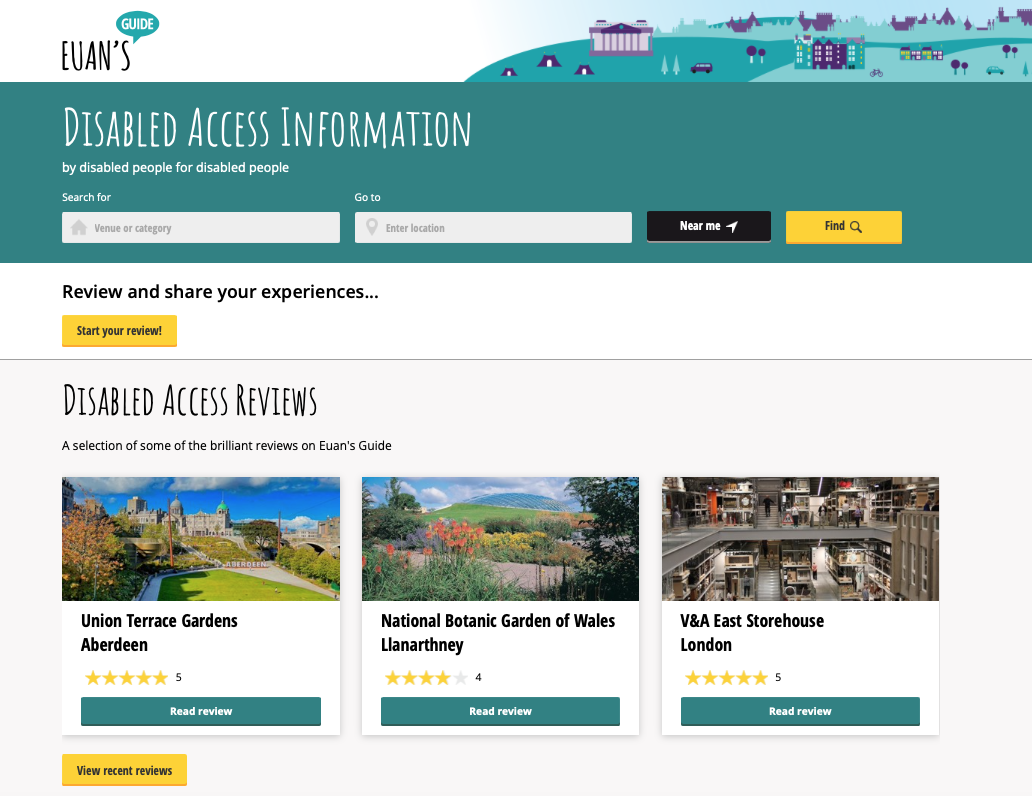
Choosing the right time for your visit helps create the best experience on Scotland's accessible trails. Late spring through early autumn usually brings the most reliable conditions. May and June bring longer daylight hours and fewer crowds. September delivers beautiful autumn colours with mild temperatures.
Transportation options have improved for those with accessibility requirements. ScotRail trains now offer assistance services that must be booked 24 hours in advance. Many major bus companies serving tourist areas have low-floor access for easier boarding.
Accommodation near popular trails has also become better suited for accessibility needs. The VisitScotland website allows filtering for fully accessible options. Many hotels and guest houses near major trails have ground floor rooms with adapted bathrooms for comfort.
Research before your trip is important. The Euan's Guide website provides detailed accessibility reviews of trails and nearby facilities. The Walks With Wheelchairs database offers specific information about path surfaces and gradients.
Essential Facilities and Services Along Accessible Routes
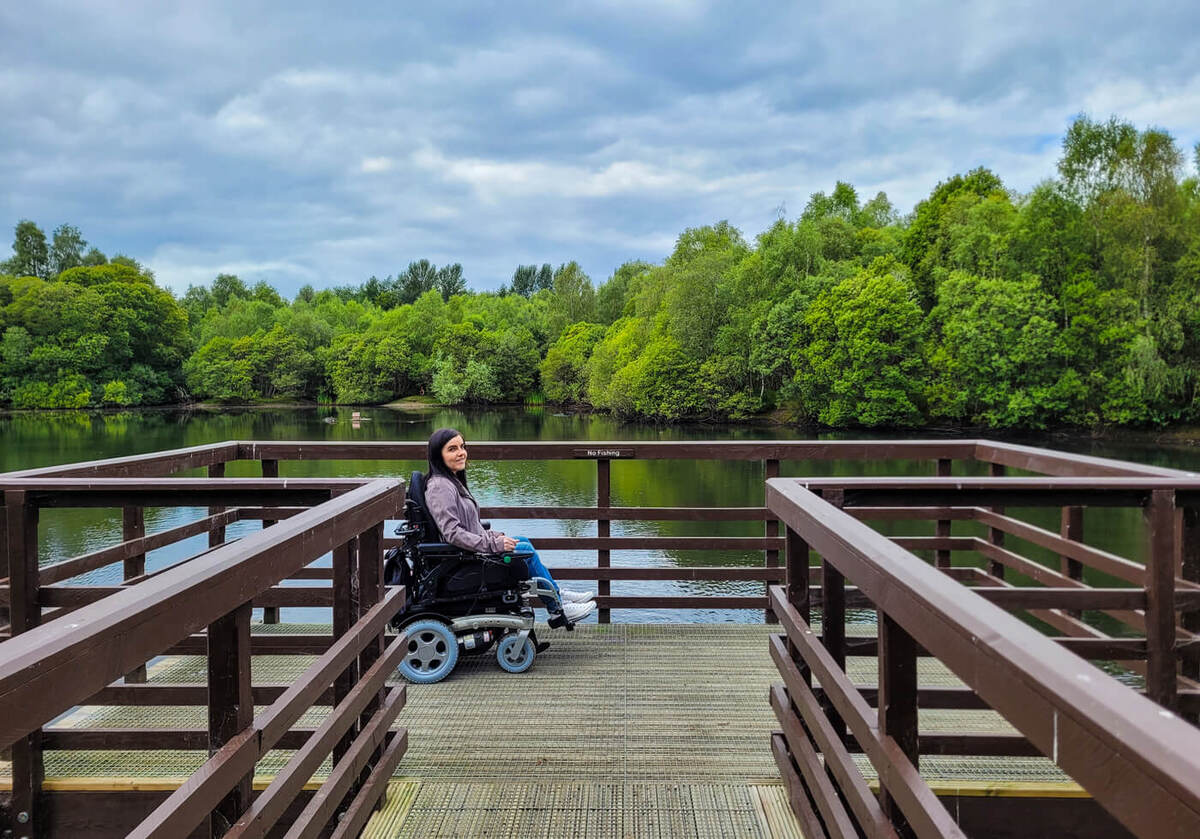
Accessible toilet facilities have become a standard feature at many Scottish trails. Facilities at National Trust properties and other major attractions are listed in accessibility guides. Some locations offer adult-sized changing benches and hoists not found in standard accessible toilets.
Rest areas and shelters are part of most accessible routes as planned in trail design. On easy-grade trails, project planners consult accessibility standards to determine the best spacing for benches and shelters. Where terrain allows, rest stops may appear as often as every half-mile.
Visitor centres at popular trails like Loch Leven and Glenmore Forest Park offer accessible cafés with level entry and adapted seating. These centres also provide practical information about trail conditions and often sell RADAR keys for toilet access.
Emergency access for designated accessible trails across Scotland is regularly planned. Rangers from local authorities carry out patrols on busy trails especially during summer, ensuring support is available when needed.
First-Hand Experiences from Limited Mobility Walkers
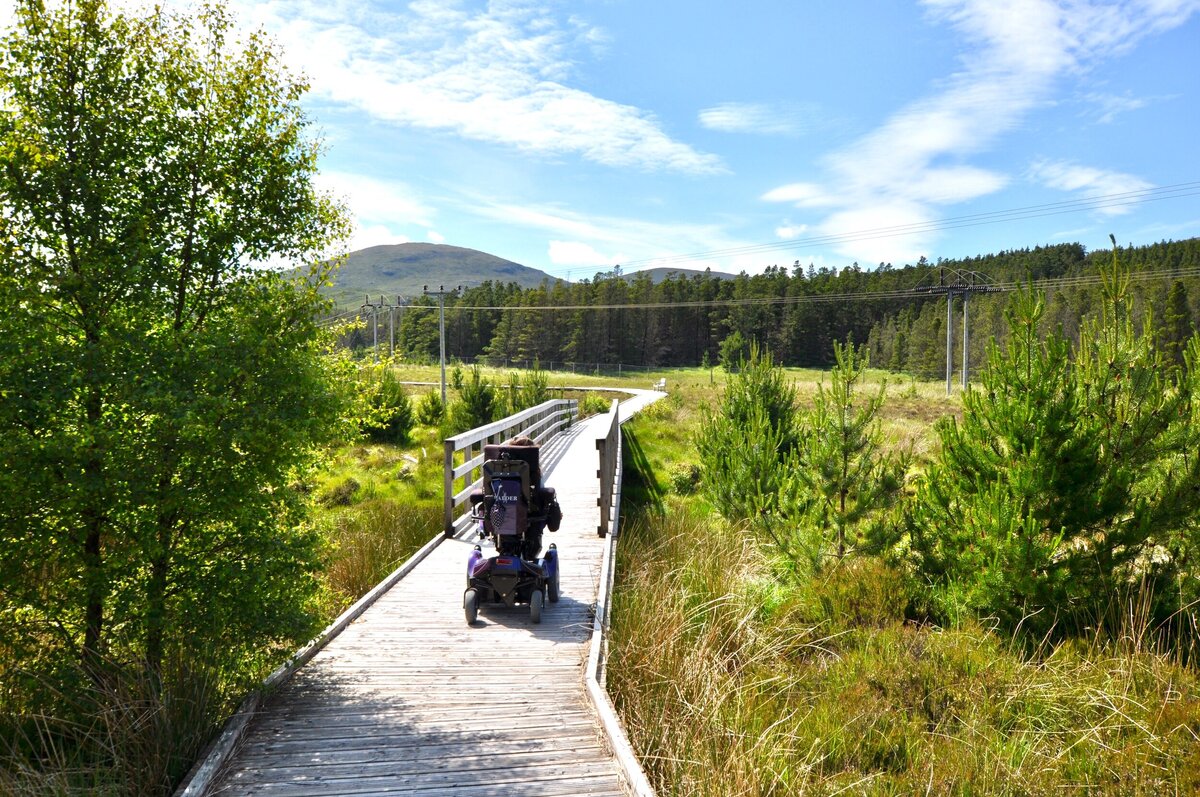
Walkers and mobility scooter users frequently report that smooth surfaces on accessible trails allow them to travel without concern for uneven ground. Features such as regular benches along the path serve those who require frequent rests. Accessible toilets add convenience for longer visits.
Common difficulties reported by mobility equipment users include unexpected path narrowing and poor signage about accessible routes. Many have found success by calling visitor centres in advance to get the most current accessibility information.
Equipment adjustments can make a big difference. Larger wheels on mobility scooters handle rough surfaces better. Portable ramps help navigate small steps or thresholds. Powerpack attachments for manual wheelchairs help companions with pushing on gentle slopes.
Seasonal considerations matter greatly. Spring brings wildlife viewing opportunities but can be muddy. Summer provides the most reliable conditions but busier trails. Autumn brings striking colours with fewer visitors.
Start Exploring Scotland’s Trails with Confidence
Accessible walking routes across Scotland prove that everyone deserves the chance to experience the outdoors, regardless of mobility level. With the right planning and equipment, these scenic experiences are well within reach.
So, take the next step toward your adventure. Research your route, check accessibility info, and prepare for a rewarding day in Scotland’s great outdoors, one path at a time.











